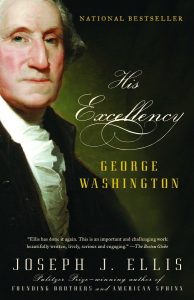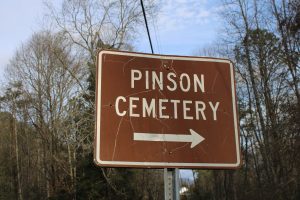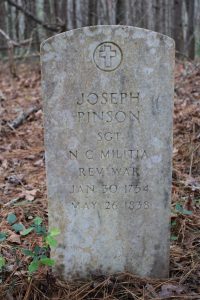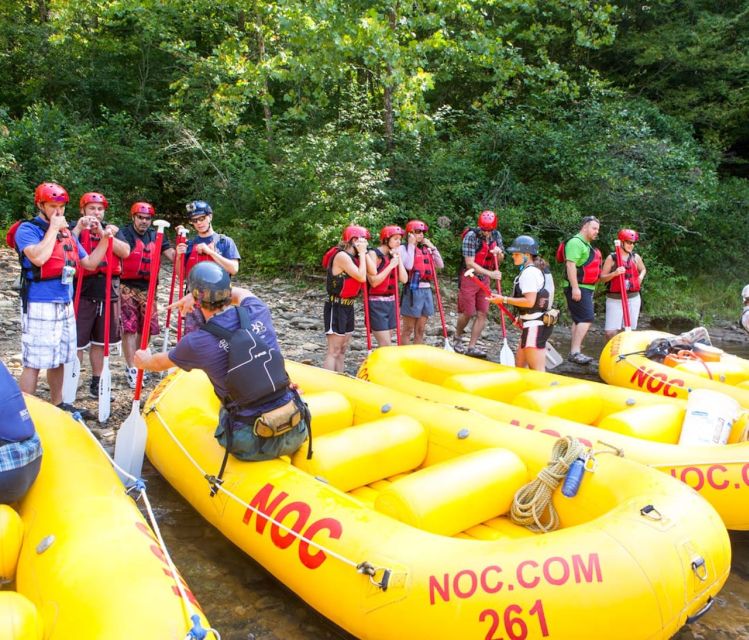Origins of Revolution Call for Papers
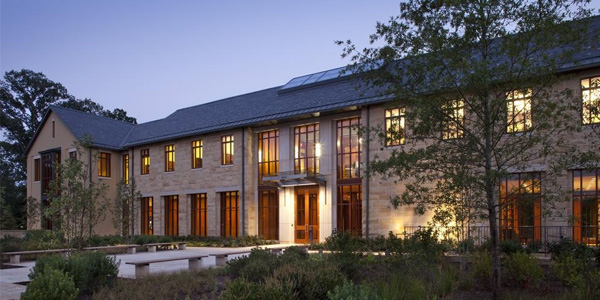
Please see the press release below regarding a Call for Papers on the Origins of Revolution. The 1774 Fairfax Resolves will be a primary focus of this conference to be held at Mount Vernon on July 24-25, 2024.
CFP: The Origins of Revolution July 24-25
Proposals Due January 30
To mark the 250th anniversary of the Fairfax Resolves, a central document in the coming of the American Revolution co-authored by George Mason and George Washington, George Mason’s Gunston Hall, the David Center for the American Revolution, and the George Washington Presidential Library are co-organizing a conference that explores the origins of the American Revolution in a broad perspective with particular attention to the Fairfax Resolves.
The symposium will be held on July 24-25, 2024 at George Washington’s Mount Vernon to coincide with the passage of the Resolves.
Conference organizers seek proposals from scholars in all fields whose perspectives may bear new insight into the origins and causes of the American Revolution and the idea of Independence.
Topics may include but are not limited to:
- The political philosophies, religious beliefs, legal and economic considerations that may have influenced the American move for Independence.
- Proposals that present new perspectives on the place of the Fairfax Resolves in the initiation or fostering of revolutionary sentiments, its influence on the Age of Atlantic Revolutions or examine the social as well as political implications of the Resolves, including the views about slavery that they express.
- The membership, nature, and relationships in the political, economic, and intellectual networks in Virginia that included George Washington and George Mason.
- The competing views of the British Empire held by those in North America, in Great Britain, and beyond.
- The events that fueled the rise of revolutionary sentiments, both within North America and outside of it.
- The role of external factors both within North America and outside it, such as the economy, civil strife, or fear, in motivating individuals to support revolutionary action or aim to suppress it.
- Perspectives on the origins of the American Revolution that may also provide a framework for current or future scholars to look afresh at the causes of the American Revolution.
Criteria
We especially welcome proposals from scholars investing in the intellectual and social networks of George Mason and George Washington and their impact on the origins of the American Revolution or a focus on the Fairfax Resolves.
Selected presenters will have travel expenses covered. Mount Vernon and/or the David Center may commission a volume after the symposium. Presenters may have an opportunity to publish in it. Conference organizers may compose panels, but they are not accepting panel proposals at this time.
Proposal Deadline
Proposals are due by the end of day on January 30, 2024. To apply, please submit the required information to Interfolio.
Decisions will be made by early 2024. Please direct questions to Brendan McConville at bmcconv@bu.edu.


